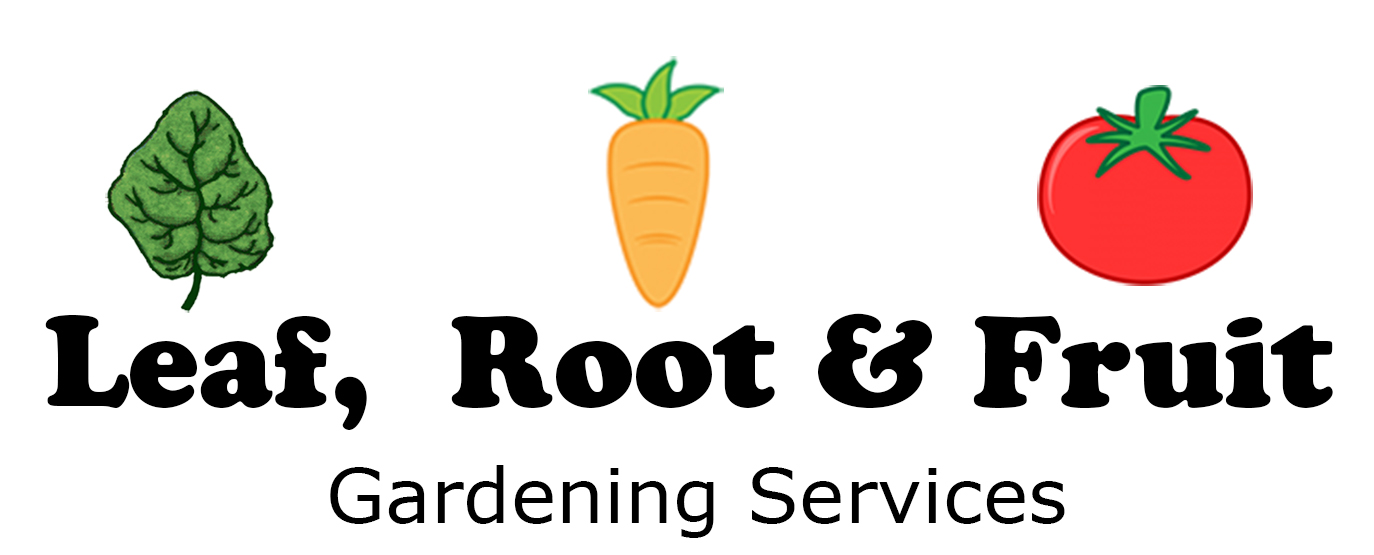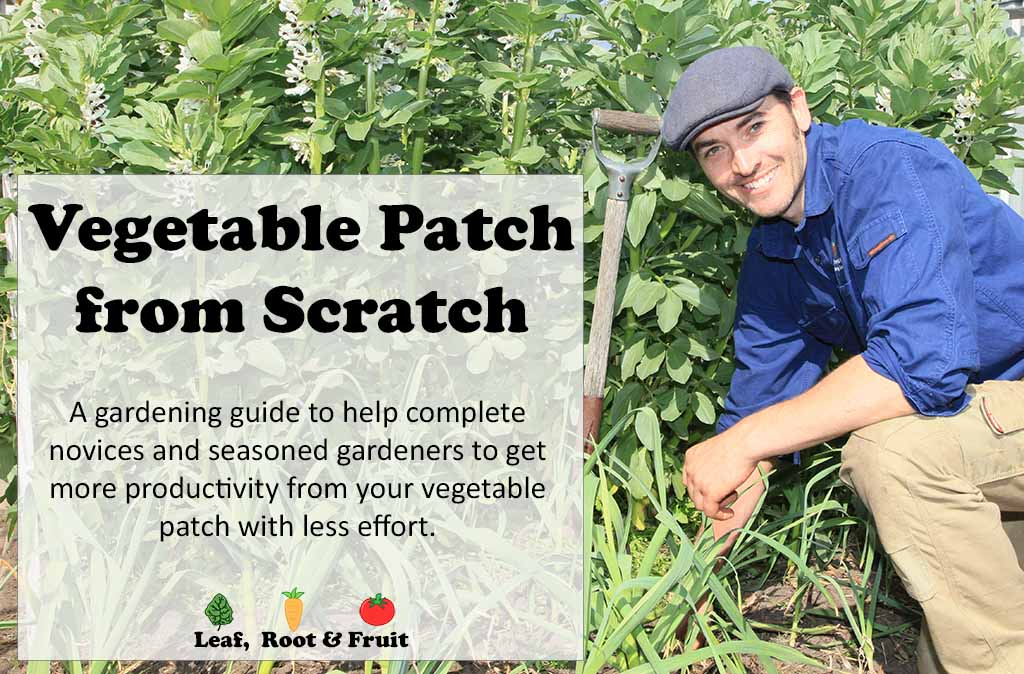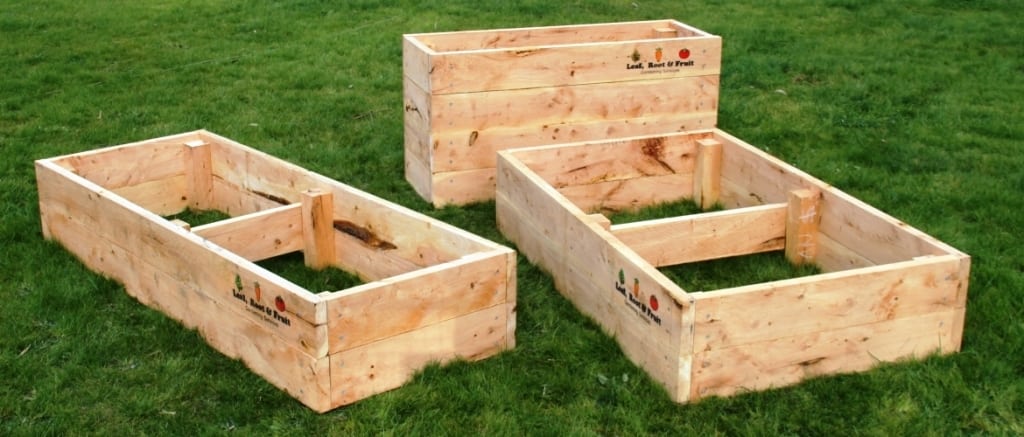
Would you like a sustainable and safe raised garden bed? Consider raised vegetable garden beds made from cypress sleepers. Cypress timber is durable. You can be confident that your veggie garden beds will be long lasting.
In keeping with our organic philosophy, we use Cypress Macrocarpa sleepers for our raised veggie garden beds. Cypress sleepers are naturally resistant to termites and decay. This makes them ideal to use when landscaping. With no need for any chemical treatment, they are the safest and most sustainable option to use in the vegetable patch.
I have recently put together a guide to help support backyard growers set up, plant out, maintain and harvest their own vegetable garden. Check out the series Vegetable Patch from Scratch for more information.
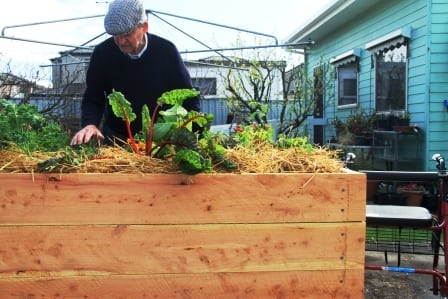
Have you or someone close to you got mobility issues? Leaf, Root & Fruit believe that everyone should have access to a productive gardening space. We can assist in designing raised veggie gardens that alleviate the need for bending down or heavy lifting. We can even design raised veggie gardens with wheel-chair or walking frame access. We can take the hard work and access problems from gardening and make it available to everyone.
Please Note: We no longer install raised garden beds or wicking beds as a one off project. Our raised garden beds and wicking beds are now only installed as part of larger landscaping projects. Please see our foodscaping page for further details.
Frequently Asked Questions about our Raised Vegetable Garden Beds made from Cypress Sleepers.
What is so great about cypress sleepers? Why is it better than treated pine?
We believe that treated pines (including ACQ and ‘ecowood’) are not suitable for raised veggie garden beds and have a much larger environmental impact than cypress. Radiata pine is usually grown in large monocultural plantations. This contributes to soil erosion, as well as loss of habitat and biodiversity. Once harvested, the timber requires large amounts of transport fuel, and energy and chemicals in treatment plants. As pine is not naturally long -lasting, they drown the timber in chemicals to kill termites and fungi. The pesticide and fungicide only protects the surface of the timber, so if you cut it, it needs further treatment. They also heat treat the timber to reduce warping and shrinkage, which uses a lot of energy.
Our Reclaimed Cypress, Cupressus macrocarpa is a native to North America but has been planted widely across Australia. Used as wind breaks across farms, the now over-sized trees are being logged to provide a sustainable timber option. Properties across and Gippsland are providing this timber. We source our reclaimed cypress sleepers from several saw mills on Melbourne’s outskirts. They are all small businesses owned and run by locals. Because it is harvested locally and the timber comes directly to us, it reduces carbon emissions associated with transport.
Cypress sleepers are naturally resistant to termites and decay. This
makes them ideal to use when landscaping. Cypress is a beautiful timber
to work with, looks gorgeous and smells lovely. With no need for any
chemical treatment, it is the safest and most sustainable option to use
in the veggie patch.
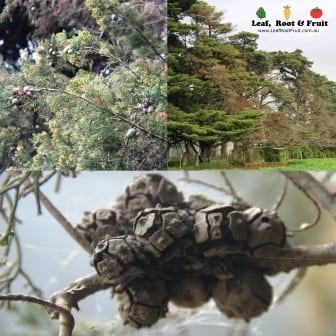
Check out this guide to materials choices for raised garden beds for some other options.
What height do I need my raised veggie garden bed to be?
We recommend a minimum of two cypress sleepers high (40cm) for your raised garden bed. This gives a good depth of soil for roots to grow down into, while keeping the depth shallow enough to minimize the effects of soil settling. This height reduces bending, and is an ideal height for encouraging children to become involved in gardening.
If you have mobility issues such as a bad back, or hips, we recommend 80cm or four cypress sleepers high for your raised garden bed. This height is great for people with walkers and wheelchairs. The veggie garden beds provide a solid support for people to lean, or even sit on. Combine it with a no-dig gardening technique and there’s really no effort to gardening at all anymore!
We can also, supply you with raised garden beds three cypress sleepers high (60cm) or a budget option of one cypress sleeper high (20cm) beds.
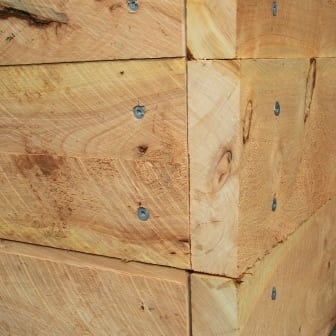
Wicking Beds require a minimum height of 3 sleepers (60cm)
What size should my raised veggie garden beds be?
We design and construct the raised garden beds to your requirements or available space. Raised garden beds should be no wider than it is possible for you to reach to, or across to pick your produce. We recommend that the beds are no more than 1200mm wide if you have access from both sides or 600mm to 700mm wide if against a wall.
If you are tall and the only person to be using the garden beds, then these can be slightly larger. If young children are going to be using the garden beds, then consider reducing these sizes.
Check out this post for more information to consider when deciding how big your vegetable patch should be.
How are your raised veggie garden beds designed?
We “over-engineer” our garden beds. They’ve got plenty of internal bracing to ensure that they are long lasting. You can see an example of one of our garden designs below. (Feel free to use this plan for building your own garden beds!)
The sleepers used to build the planter boxes are 200 x 50mm and the corner posts are 100 x 100mm.

Our dimensions are measured to the outside of the raised garden bed outside. Keep in mind that the timber that we use is 50mm thick. If you request a garden bed that is say, 600mm wide, then you will only have 500mm of planting space and soil inside the garden bed for your plants.
How big can you make the garden beds?
We generally stock sleepers that are 2.4metres long and 3.0metres long. We can build garden beds that are longer than this by either staggering the timber (in a similar way to laying bricks) or we can arrange to have longer timber lengths cut for you. There may be a delay and an extra cost associated with getting timber especially cut to order.
We can also make garden beds in shapes other than squares or rectangles. Obviously, the sides must be straight – so no requests for circles please!
Do your garden beds come with capping or a seat along the top?
We can install capping timber on your gardens beds at an extra cost. Timber capping is great as a seat, to lean against and to place items, such as tools and seed packets while you are working. There are some examples of capped garden beds in the images below.
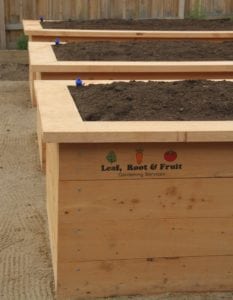
Do your garden beds have a base?
Most of our garden beds sit straight onto soil. As such they don’t need a base. For garden beds being located onto existing paving or gravel, we sometimes line the base with geo-fabric. This helps to stop the soil from escaping under the sides if the paving isn’t quite level.
We can build garden beds with bases in them, we can even put smaller raised garden beds on heavy duty castors.
How do I stop invasive grasses getting into my raised garden bed?
For those of you concerned about kikuyu , couch or other pesky, invasive grass… We have in the past lined garden beds with weed mat. We’ve also been asked to line them cardboard. In these circumstances the clients have supplied the materials and we don’t guarantee that they will keep the invasive grass out. Completely removing the grass from the garden bed site will also help to slow the invasion.
The best method we can recommend for preventing invasive grass is to install your raised garden beds as wicking beds. The plastic liner in the wicking bed prevents the grass from invading the soil. Wicking beds also help to prevent roots from invasive trees such as eucalypts from entering the soil and stealing nutrients and water.
Where should I position my raised veggie garden bed?
Vegetable gardens should ideally be positioned where they get the sun for at least six hours a day. Placing the raised beds north of any buildings and trees will ensure that the site receives the winter sun. Try to choose a site protected from strong winds. Ideally, you would have several raised garden beds or divide a single bed into segments to ensure ease of crop rotation. This reduces the likelihood and severity of pests and diseases.
I have written a post about the best place to put your vegetable patch. Another post looks at microclimates and is also worth reviewing.
You can always arrange a site visit to determine the best gardening solution for your needs.
I’m still not confident with how and where I should set up my garden bed. Can we arrange a site visit to do a quote?
There’s a very narrow profit margin on our garden beds and it does not allow for us to do free on site quotes. However, we do offer Site Consults. During the consult, I can help you analyse the site and make recommendations about how best to utilise your outdoor space. I may even recommend that you DON’T buy any raised garden beds and look at other solutions such as Edible Forest Gardens or gardening straight in the soil. Have a look at our Site Visits Page for more information on this service.
Do I need flat ground for my raised veggie garden bed?
It’s easier if the ground is already flat, but not essential. We can level the site for your veggie garden bed using a terrace cut or even use it as part of a retaining wall.
Do I need to treat the timber with anything? Will it fade?
No, the timber doesn’t need treating with anything. Over time, it will fade from a golden colour to a weathered grey. You can paint the timber, or oil it. However, often the timber is still a bit green when we install it. It may be best to wait a few months for the timber to dry before applying any paint.
The quality of the soil that the garden bed is filled with will impact the longevity of the timber. Better soil will rot the timber faster. Lining the inside of the bed will help it to last longer.
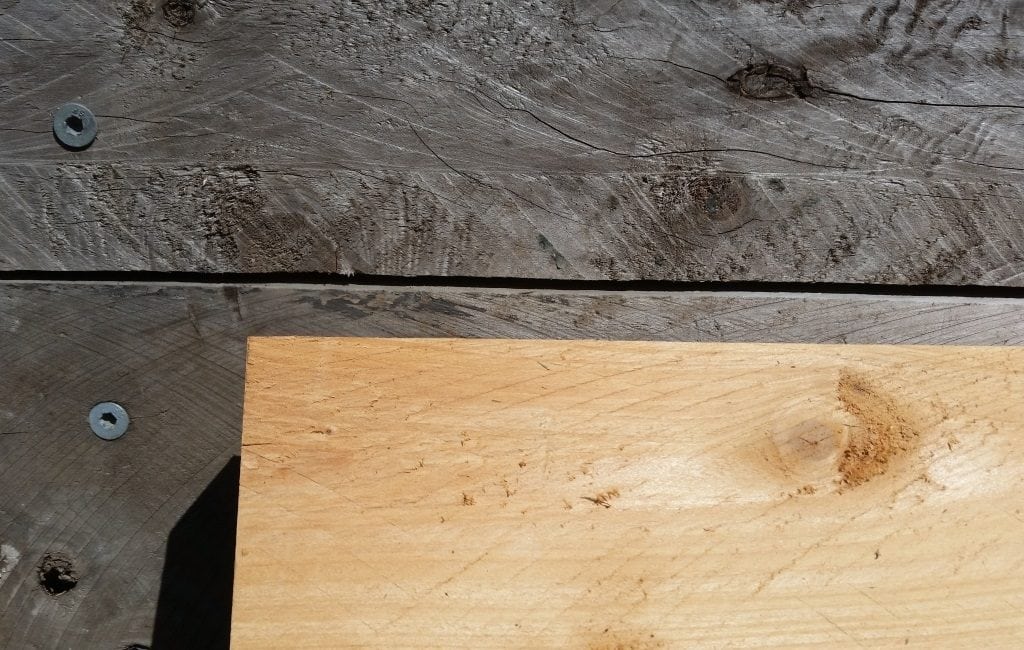
What type of soil should be used to fill my vegetable garden bed?
This is relatively easy! Simply set up the bed and then fill it with a quality soil blend. Avoid ordering “topsoil” as this is literally just soil scraped off another site, put through a sieve and then sold on to you. It won’t have enough nutrients to give the vegetables the start they need.
Instead, order a vegetable growing mix from a reputable garden supplies centre. This should be a blend of soil (usually topsoil), compost and other organic matter.
See this blog on preparing soil in your vegetable garden for more info.
What sort of access is required for Leaf, Root & Fruit to install the veggie garden beds?
We manufacture the garden bed kits at Leaf, Root & Fruit headquarters and transport them to the installation site as flat packed panels. Cypress is a solid and heavy timber, and so are our raised veggie garden beds. However, a standard side access, wide enough to fit a wheelbarrow, is sufficient.
Steps are not ideal, although we may be able to work around this.
Please Note: We no longer install raised garden beds or wicking beds as a one off project. Our raised garden beds and wicking beds are now only installed as part of larger landscaping projects. Please see our foodscaping page for further details.
Sign up to our newsletter for our monthly edible gardening wrap-up, including:
- A guide on what to plant in your garden in the upcoming month
- What’s happening in our garden and other gardens across Melbourne
- Upcoming gardening events
- Hints and tips on gardening
